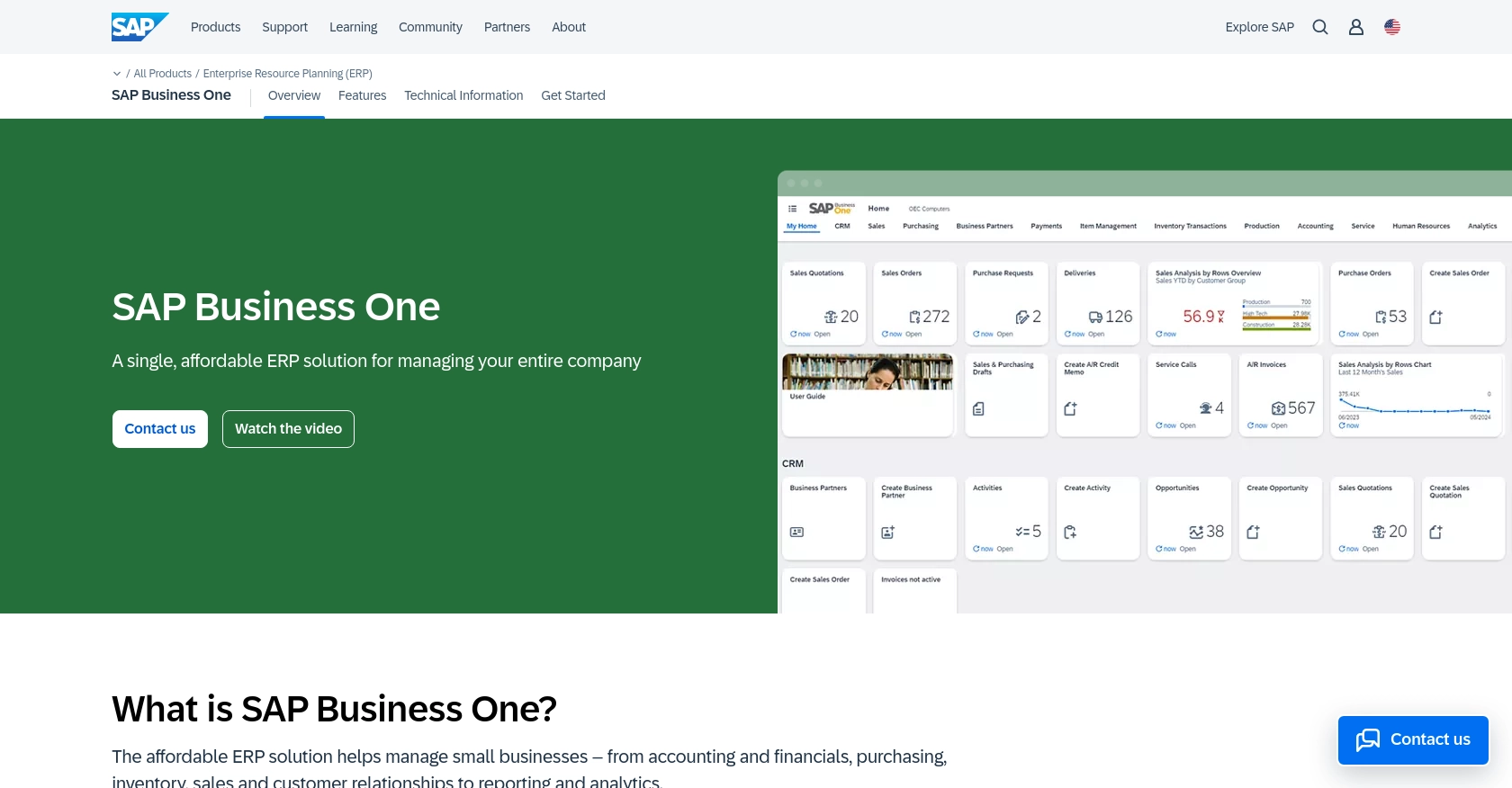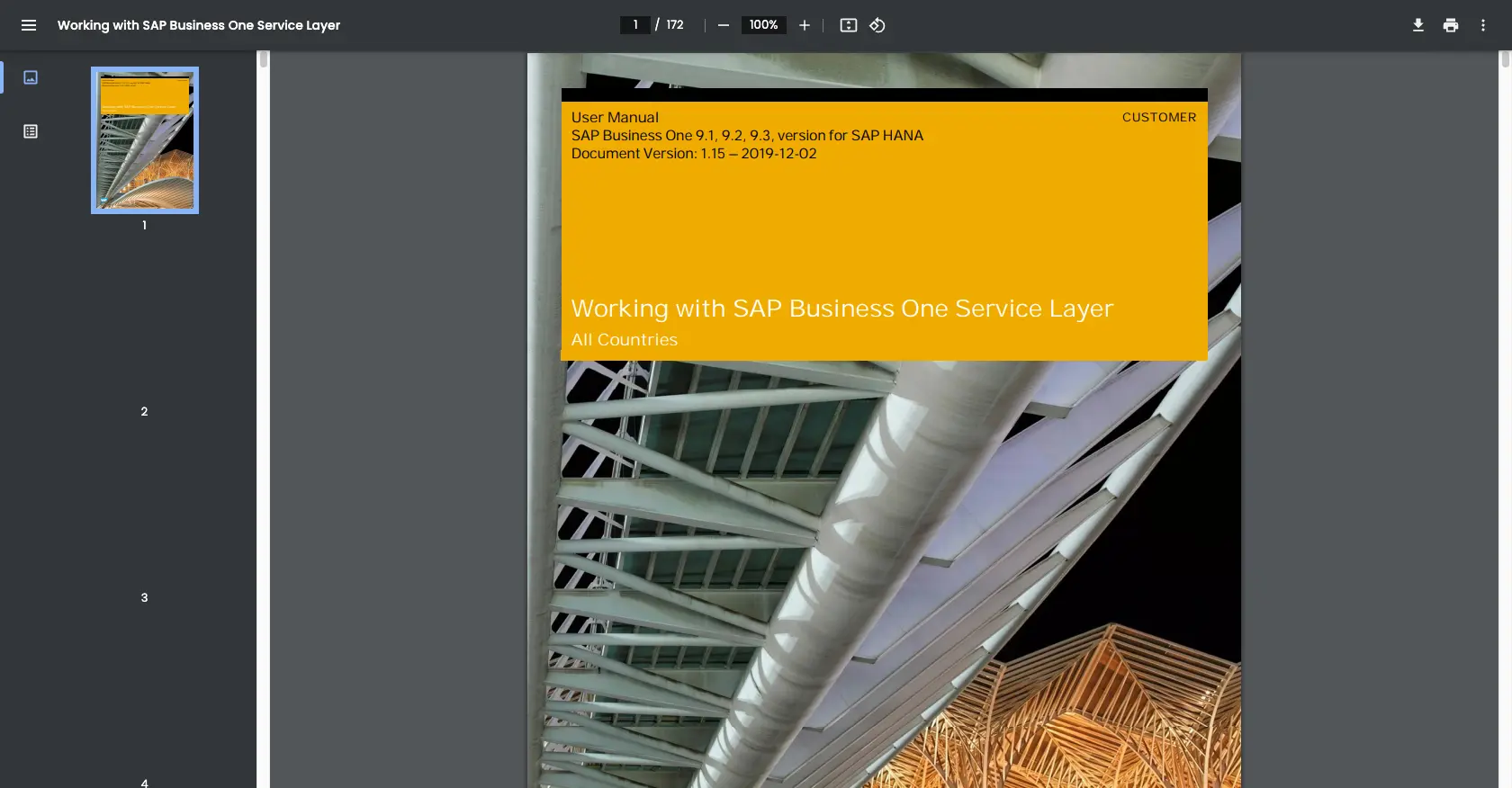How to Get Vendors with the Sap Business One API in Python

Introduction to SAP Business One API
SAP Business One is a comprehensive enterprise resource planning (ERP) solution tailored for small and medium-sized businesses. It offers a wide range of functionalities, including financial management, sales, customer relationship management, and supply chain management, all integrated into a single platform.
Developers may want to integrate with the SAP Business One API to streamline business processes and enhance data accessibility. For example, retrieving vendor information using the SAP Business One API in Python can help automate procurement workflows, ensuring that vendor data is up-to-date and easily accessible for decision-making.
Setting Up Your SAP Business One Test/Sandbox Account
Before you can start interacting with the SAP Business One API, you'll need to set up a test or sandbox account. This allows you to safely experiment with the API without affecting live data.
Creating a SAP Business One Sandbox Account
To begin, you need access to a SAP Business One environment. If you don't have one, you can request a demo or trial version from SAP's official website. This will provide you with a sandbox environment to test API interactions.
Configuring OAuth Authentication for SAP Business One API
SAP Business One uses a custom authentication method. Follow these steps to configure your access:
- Log in to your SAP Business One account.
- Navigate to the Service Layer settings.
- Create a new application to obtain your Client ID and Client Secret.
- Set the necessary permissions for accessing vendor data.
- Save your credentials securely, as you'll need them to authenticate API requests.
For more detailed instructions, refer to the SAP Business One Service Layer documentation.
Generating API Keys for SAP Business One
If your setup requires API key-based access, follow these steps:
- Access the API management section within your SAP Business One account.
- Generate a new API key specifically for vendor data access.
- Ensure that the API key has the appropriate permissions for reading vendor information.
- Store the API key securely, as it will be used in your Python scripts to authenticate requests.
With your sandbox account and authentication credentials ready, you're all set to start making API calls to retrieve vendor data using Python.

sbb-itb-96038d7
Making API Calls to Retrieve Vendor Data from SAP Business One Using Python
To interact with the SAP Business One API and retrieve vendor data, you'll need to use Python, a versatile programming language known for its simplicity and readability. This section will guide you through the process of setting up your Python environment, making the API call, and handling the response.
Setting Up Your Python Environment for SAP Business One API Integration
Before making API calls, ensure that you have the following prerequisites installed on your machine:
- Python 3.11.1
- The Python package installer, pip
Once you have these installed, open your terminal or command prompt and install the requests library, which will be used to make HTTP requests:
pip install requestsWriting Python Code to Retrieve Vendor Data from SAP Business One
Create a new Python file named get_sap_vendors.py and add the following code:
import requests
# Set the API endpoint and headers
endpoint = "https://your-sap-business-one-instance.com/b1s/v1/Vendors"
headers = {
"Content-Type": "application/json",
"Authorization": "Bearer Your_Access_Token"
}
# Make a GET request to the API
response = requests.get(endpoint, headers=headers)
# Check if the request was successful
if response.status_code == 200:
# Parse the JSON data from the response
vendors = response.json()
# Loop through the vendors and print their information
for vendor in vendors['value']:
print(f"Vendor Name: {vendor['VendorName']}, Vendor Code: {vendor['VendorCode']}")
else:
print(f"Failed to retrieve vendors: {response.status_code} - {response.text}")
Replace Your_Access_Token with the token obtained during the authentication setup.
Running the Python Script and Verifying the Output
Execute the script from your terminal or command line:
python get_sap_vendors.pyIf successful, the script will output a list of vendors with their names and codes. If there are any errors, the script will print the error code and message.
Handling Errors and Troubleshooting SAP Business One API Requests
When interacting with the SAP Business One API, you may encounter various error codes. Common issues include:
- 401 Unauthorized: Check your access token and ensure it is valid and has the necessary permissions.
- 404 Not Found: Verify the API endpoint URL and ensure it is correct.
- 500 Internal Server Error: This may indicate a server-side issue; try again later or contact support.
For more detailed error handling, refer to the SAP Business One Service Layer documentation.
Conclusion and Best Practices for SAP Business One API Integration
Integrating with the SAP Business One API using Python can significantly enhance your business processes by automating data retrieval and management tasks. By following the steps outlined in this guide, you can efficiently access vendor data and incorporate it into your workflows.
Best Practices for Secure and Efficient SAP Business One API Usage
- Secure Storage of Credentials: Always store your API keys and access tokens securely. Consider using environment variables or a secure vault to manage sensitive information.
- Handling Rate Limits: Be aware of any rate limits imposed by the SAP Business One API. Implement retry logic and exponential backoff to handle rate limit errors gracefully.
- Data Standardization: Ensure that the data retrieved from the API is standardized and transformed as needed to fit your application's requirements.
- Error Handling: Implement robust error handling to manage different HTTP status codes and API-specific errors effectively.
Streamlining Integrations with Endgrate
While building integrations manually can be rewarding, it can also be time-consuming and complex, especially when dealing with multiple APIs. Endgrate offers a unified API solution that simplifies the integration process, allowing you to focus on your core product development.
With Endgrate, you can build once for each use case and leverage a single API endpoint to connect with multiple platforms, including SAP Business One. This not only saves time and resources but also provides an intuitive integration experience for your customers.
Explore how Endgrate can transform your integration strategy by visiting Endgrate today.
Read More
Ready to get started?
